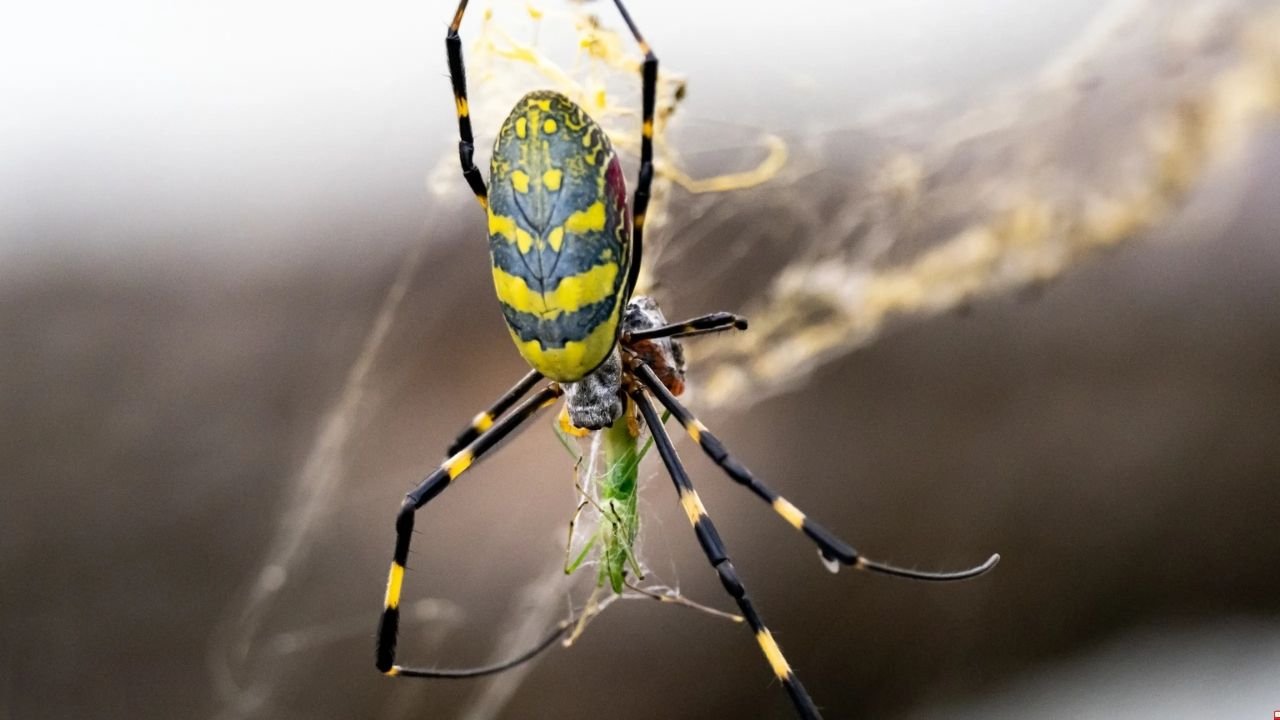Invasive Joro Spiders Returning to South Carolina This Fall—Are They a Threat?
GREENVILLE, S.C. — The Joro spiders, with their large yellow abdomens and gold-tinged webs, will once again be a familiar sight across South Carolina this September. While their size and sudden appearance may alarm some, experts stress these invasive arachnids are more of an ecological question mark than a public safety concern .
What They Look Like and Where They’re Found
Often mistaken for native Garden or Banana spiders, Joros can be identified by their silver-striped yellow bodies and orb-shaped webs. These webs, which can expand into three-dimensional shapes, are often spotted along shrubs, porches, landscaping, and even power lines .
“One of the reasons they get so much publicity is because they’re right in our faces the whole time,” said David Coyle, a Clemson University entomology professor .
Harmless to People, But Competition for Native Spiders
Experts emphasize that Joro spiders are not dangerous to humans or pets. They rarely bite, and when they do, the discomfort is usually no worse than a mosquito bite or bee sting.
Still, researchers warn the species may outcompete native spiders for resources. Because they are generalist feeders, Joros consume a wide range of insects, which could reduce biodiversity in the areas they occupy .
How They Spread
Joros first appeared in the region around 2014 in northern Georgia, likely arriving via shipping containers from East Asia. Since then, they have expanded throughout Georgia, the Carolinas, and Tennessee.
The spiders can spread in two primary ways:
- Ballooning: Young spiderlings release silk strands and drift with the wind.
- Hitchhiking: Eggs laid on RVs, buildings, or other flat surfaces can travel long distances when those objects are moved .
“If people park their camper, eggs could be laid on that flat surface and then travel wherever that camper goes,” explained Rebekah Wallace with the University of Georgia’s Center for Invasive Species and Ecosystem Health .
Life Cycle and Control
Joro spiders live only one year. They typically appear in the fall, mate, lay egg sacs, and die before winter. Because of their short lifespan, experts say control methods can be as simple as physically removing or squishing them if they become a nuisance .
The Environmental Question
Researchers remain divided on whether Joros will become a significant long-term threat. Early studies show areas with Joro populations may have lower diversity of native spiders.
“Honestly, it’s one we don’t have an answer for yet,” said Coyle. “My hunch is probably,” he added, when asked if the species could pose larger problems in the future .
Have you spotted Joro spiders in your neighborhood, and do you think they should be controlled? Share your experience at SaludaStandard-Sentinel.com.







